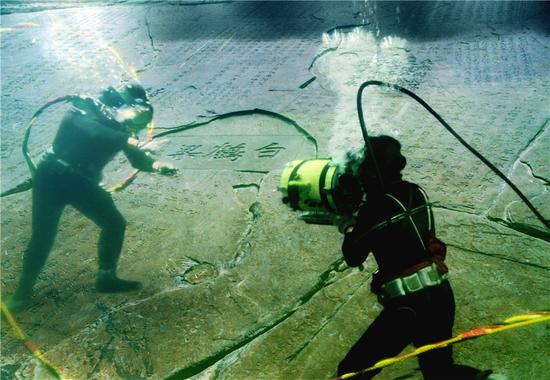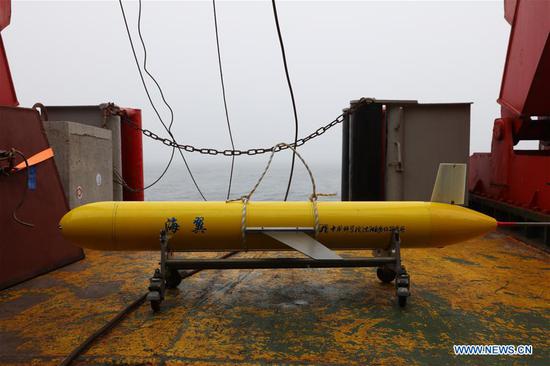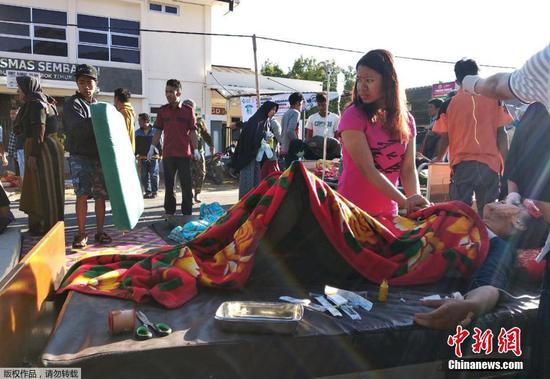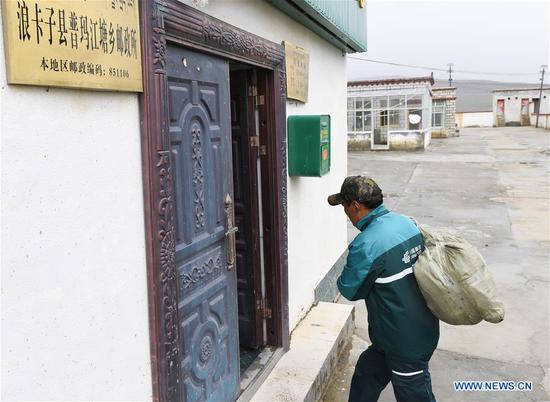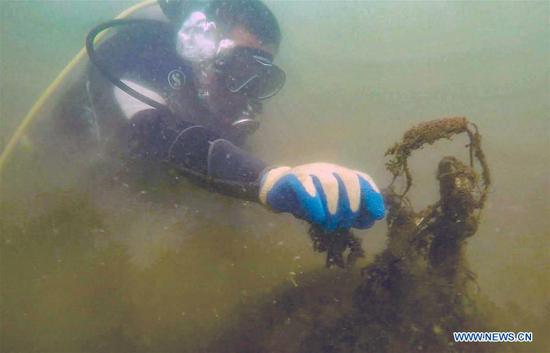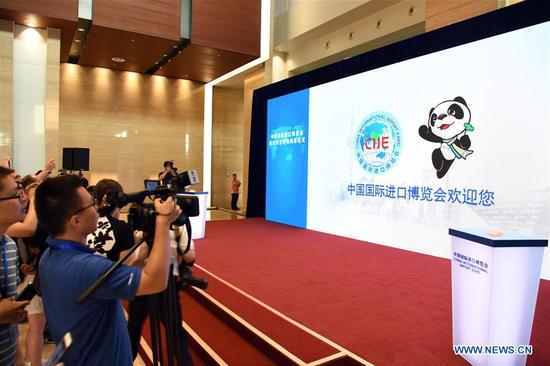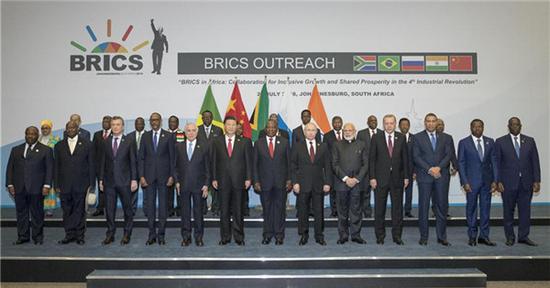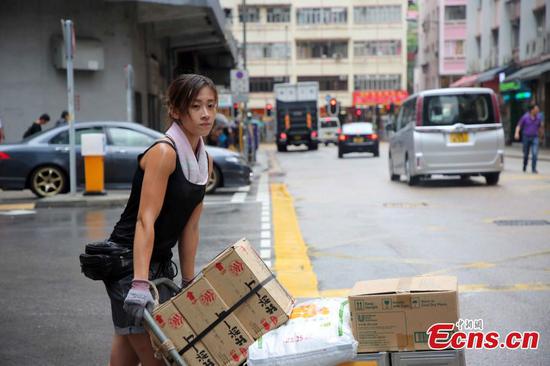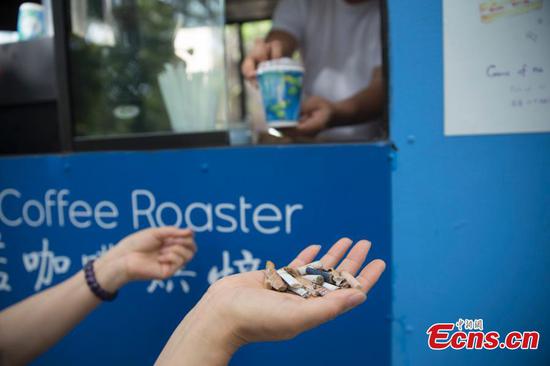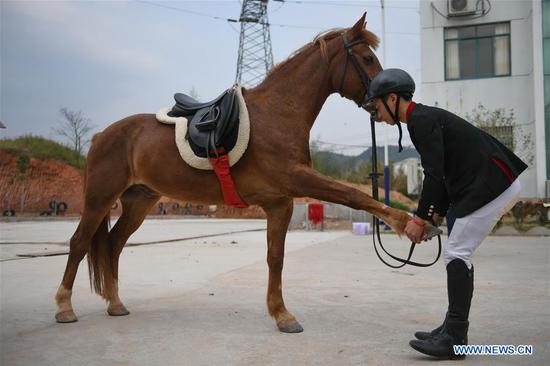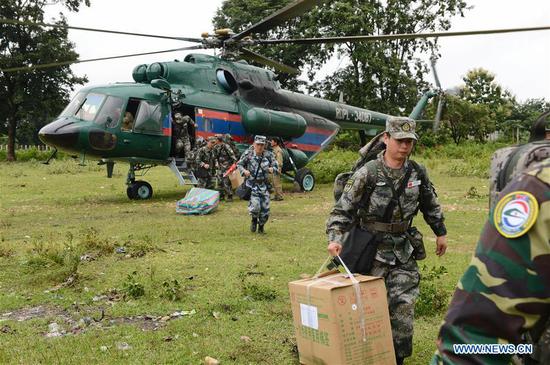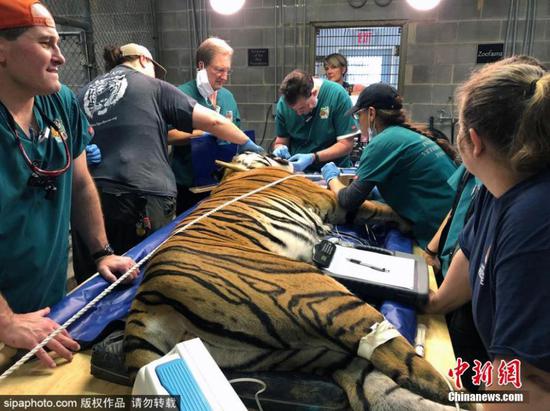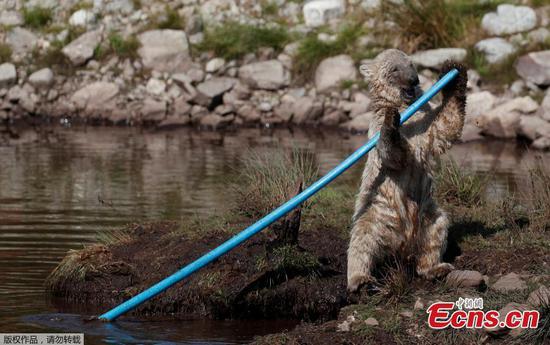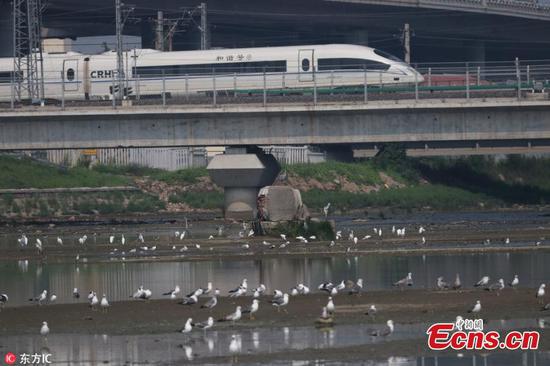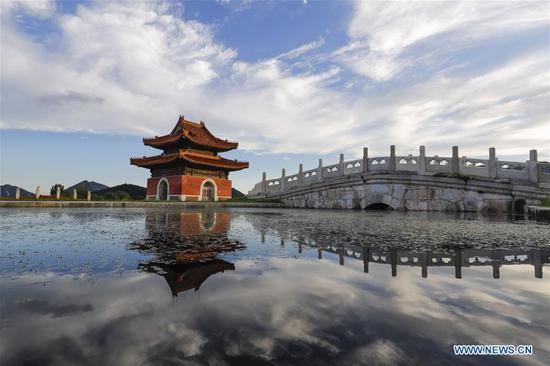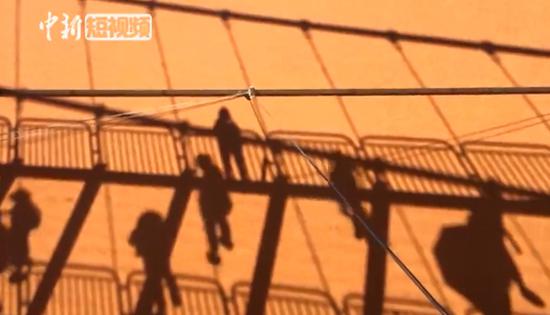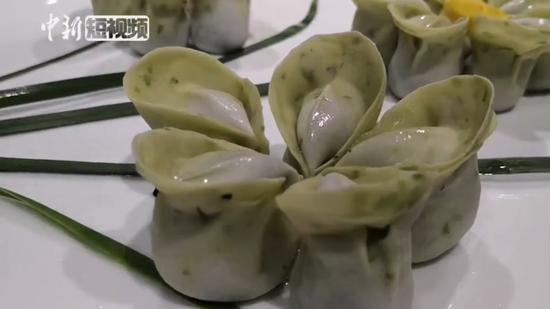-Seemingly "differential treatment" toward U.S. and Chinese companies from U.S. officials.
-The threat to investigate and impose tariffs is no longer a threat for threat’s sake.
The China-U.S. trade tension is showing no sign of de-escalating. In the past 10 days, the Section 232 and Section 301 investigations held hearings in Washington, DC – the last step before the final tariff lists are released. Two of the lawyers from Dentons, Cai Kaiming and Sun Lei, attended both hearings.
“Most of the witnesses were urging for the termination of the 232 investigation,” Cai said, referring to his first impression from the hearings. From the testimonies of witnesses to the joint statements issued by the business and industry associations, to the written letter to Wilbur Ross from more than 140 U.S. congressmen, they all underscore that in such a global environment, no country exists in solitude. Targeting other countries will put oneself in the line of fire.
However, what really struck Cai was the seemingly “differential treatment" from the U.S. officials at the hearings.
“It is apparent that the U.S. officials responded to the U.S. witnesses with more empathy and understanding. It looks like maybe U.S. testimony is more persuasive to the U.S. officials,” said Cai. So maybe Chinese companies could better defend their rights and interests by cooperating with their U.S. business partners and participating indirectly in the process.
Threatening to investigate and impose tariffs is not a new tactic for the U.S.. In the early 1990s, the U.S. used it as a bargaining chip to get China to bend to its will. However, over time, threats remained threats, and the two countries remained close business partners without major issues – until now.
"This time it's different. China is so big. The U.S. just feels threatened – a real threat from China," said Sun Lei.
On July 6, the first tariff list was put into effect. This time, it’s real.
Sun went further and said that for the 232 case, we might be more optimistic, because it’s not targeted directly at China. But for the 301 case, “We need to be prepared to accept an environment where there are lots of tariffs on us.”
If there were any hope, or rather, illusion from either side that this U.S.-China trade war could be resolved in a relatively short time, it has vanished. The second round of public hearings of the 301 investigation will end on July 31 and the final tariff list will be released soon after. This is just the latest in the ongoing trade war between the world’s two largest economies.









